|
Dave “Bio” Baranek enjoyed a successful and satisfying 20-year career in the Navy, starting with assignments to F-14 squadrons as Tomcat Radar Intercept Office (RIO) and the elite TOPGUN training program, and later assignment to the Joint Chiefs of Staff and the US 7th Fleet. At one point, he commanded an F-14 Tomcat fighter squadron, responsible for nearly 300 people and 14 aircraft worth about $700 million. He completed his career with 2,499.7 F-14 Tomcat flight hours and 688 carrier landings. The Grumman F-14A Tomcat was the first of the American teen-series fighters, which were designed incorporating air combat experience against MiG fighters during the Vietnam War. However despite the fact that the F-14 was a formidable dogfighter, what made the Tomcat unique was fleet air defense role. To accomplish this mission the aircraft was fitted with a powerful weapons system known as the AWG-9 which was able to support the AIM-54 Phoenix that provided an unprecedented one-hundred mile range and included a small onboard radar to guide itself to the target during the final phase of flight. Because of the AWG-9’s impressive capabilities a RIO in the back seat of the F-14 was required to optimize it in various stages of a mission. Of all the training environments faced by a Tomcat crew, possibly the most challenging one for a RIO was that of a so called MISSILEX (a Missile Exercise, where a “live” missile is launched against a drone acting like an airborne target). In his book Before Topgun Days Baranek tells the story of the second AIM-7 Sparrow he ever shot: in Dec. 1982, while attached to the VF-24 Fighting Renegades Fleet squadron, he and Lieutenant Commander Steve “Drifty” Smith were in fact chosen to launch a Sparrow at a target over the Pacific Ocean off Southern California. Since the missile shot had to follow a test and evaluation (T&E) profile, both drone and Tomcat were required to fly supersonic, an aspect that added more challenges to the already complex drill scenario. As they approached the launch range, Drifty shoved the throttles to Zone 5 (maximum afterburner for F-14A) and they accelerated through Mach 1, then an AQM-37 target drone was launched by an A-6 Intruder operated by the Pacific Missile Test Center. Let’s join Bio again in the Tomcat cockpit to live with him the tense moments he experienced during the MISSILEX: “Our range to the target was thirty miles. That may sound like a long distance, but we were supersonic and so was the drone. Add the two speeds, and you find that the range was shrinking by more than two thousand feet each second. […] One minute after the start [of the intercept], we were at the right range and angle to launch the Sparrow. I pushed the red ‘missile launch’ button. The 500-pound weapon jumped off the jet with a strong thump – that was the small explosive charges that made sure it cleared the plane – and rocketed out ahead of us. […] I sweated the radar picture. I had two small green lights indicating the radar was still locked on the drone. But the track was near the edge of my scope. If it went off the scope, that meant the radar antenna could not turn enough to follow target. Our radar would break lock, the AIM-7 would go ‘stupid,’ and I would have to try to find that little drone again. That was hard enough when fighter and target were going 300 knots or less; at over 600 knots… I didn’t want to think about it. Halfway through the turn my “radar lock” lights went out. I had messed up the intercept! ‘Broke lock,’ I growled to Drifty. ‘Going to search.’ I didn’t have to include the dammit! that I was thinking. ‘Bio, relax,’ Drifty drawled. ‘It was a direct hit. We broke lock because the target is gone. We just blew it out of the sky.’”
0 Comments
NASA awarded a contract to Lockheed Martin to study the feasibility of building a hypersonic propulsion system for a concept intelligence, surveillance and reconnaissance (ISR) aircraft dubbed the SR-72 using existing turbine engine technologies. As explained by James C. Goodall in his book 75 years of the Lockheed Martin Skunk Works, the contract provides for a parametric design study to establish the viability of a turbine-based combined cycle (TBCC) propulsion system consisting of several combinations of near-term turbine engine solutions integrated with a very low-Mach ignition dual-mode ramjet (DMRJ) in the SR-72 vehicle concept. The SR-72 is envisioned as an unmanned, reusable hypersonic ISR and strike aircraft capable of Mach 6 flight, or nearly double the speed of its predecessor, the SR-71 Blackbird. NASA is funding the validation of a previous Lockheed study that found that speeds up to Mach 7 could be achieved with a dual-mode engine that combines turbine and ramjet technologies. Skunk Works was responsible for developing the SR-71 Blackbird, which was able to achieve Mach 3.2 with specially designed Pratt & Whitney J58 engines. The power plants were able to function as a low-speed ramjet by redirecting intake air around the engine core and into the afterburner starting at Mach 1.4 to full turboramjet from Mach 2.5 and above. Potential adversaries are working on technologies to counter USAF fighter and bomber stealth capabilities. The service sees hypersonic vehicles as the next logical step in that arms race. The USAF has a hypersonics roadmap that envisions fielding a hypersonic strike weapon, to succeed the X-51 Waverider proof-of-concept demonstration. The Waverider successfully launched from a B-52 and was powered to Mach 4.8 by a booster rocket. The X-51 then accelerated to Mach 5.1 after igniting its ramjet engine. The roadmap envisions a follow-on program calling for a reusable unmanned aircraft with Mach 6 speeds. At that speed, intelligence can be gathered or weapons delivered before enemy air defenses are even alerted. Both the Air Force Research Laboratory (AFRL) and DARPA have been after a low-speed ramjet for years. The agencies’ HTV-3X program demonstrated that a ramjet that could operate below Mach 3. That inspired Lockheed to partner with Aerojet Rocketdyne to develop a way to use off-the shelf engines like the F100 or F110 for short bursts of acceleration beyond Mach 2.2 in an attempt to close the gap between the two propulsion technologies. This study is to see if the SR-72 technology demonstrator can use existing technologies to create a dual-mode ramjet that in theory can light up at Mach 2 to 2.5. The key to this whole effort is whether they can do it and finding the required technologies so they can plan for a program in which they can develop the program as envisioned.
The problem with hypersonic propulsion has always been the gap between the highest-speed capability of a turbojet and the lowest speed of a ramjet. Most ramjets cannot achieve ignition below Mach 4. Turbine engines typically can accelerate to only Mach 2.2, below speeds at which a ramjet could take over and continue acceleration. Therefore, NASA and Lockheed must develop either a turbine engine that can accelerate to Mach 4 or a ramjet that can function at speeds within a turbine engine’s envelope. Design engineers from both Lockheed Martin and NASA are looking for a turbine-based combined system where at low speeds you have a turbine providing power, then at higher speeds a ramjet or scramjet takes over. The target is to be able to go up to Mach 7 then transition back to the turbine to land it on a runway and recover it. The problem is how you can get the vehicle to fly fast enough to ignite the DMRJ and then have the DMRJ take over. NASA is considering several existing turbofan engines for use in the project, including the Pratt & Whitney F100-PW-229 that powers both the Boeing F-15 and Lockheed Martin F-16, among other aircraft. The General Electric F414 used by the Boeing F/A-18E/F Super Hornet also is being studied, along with the supersonic turbine engine for long range (STELR) engine conceived by AFRL. If the study is successful, NASA wants to fund a demonstration program. Lockheed Martin would test the dual-mode ramjet in a flight research vehicle, and try to find solutions to issues like engine packaging and designing the thermal management system. As with all programs being developed in the late 2019/early 2020-time frame, to include the SR-72 program, canceled programs due to budget cuts and reduced manpower available to this and other critical programs under development. Rolls-Royce has begun testing its F130 engine that will replace the existing engines in the US Air Force’s B-52 Stratofortress bomber fleet. The testing at the company’s outdoor facility at the NASA Stennis Space Center in Mississippi marks the first time the new engines are trialed in the dual-pod configuration, as each B-52 requires eight engines in four pods. Under the latest effort, Rolls-Royce is focusing on the F130’s crosswind aerodynamic flow and the operability of its digital control system with the strategic bomber. Data from the ongoing trials will be assessed over the coming months. Extends B-52 Life for 30 Years“We are excited to begin this milestone testing program, the first step for what will be decades of successful engine operation for the United States Air Force B-52 fleet,” Rolls-Royce Defense Program Director Candice Bineyard stated. Rolls-Royce is closely collaborating with Boeing “to ensure the engine testing and integration process run smoothly.” Boeing is managing the B-52 aircraft modernization program and overall engine integration. The new engine “will result in higher fuel efficiency, reduced air refueling requirements, and significantly lower maintenance costs for the B-52 fleet,” Bineyard explained. Overall, the F130 is expected to extend the fleet’s life by three decades. A Boeing 737-8 MAX straight from the factory was flying when the pilot declared an emergency, telling the ATC tower that they had no autopilot trim and no electrical trim system and had to trim the aircraft manually. Southwest Airlines Boeing, registration N8844Q, was flying from Phoenix Sky Harbor International Airport (PHX) to William P. Hobby Airport (HOU). The pilot reported a trim and autopilot issue and declared an emergency, requesting a return to the airport. The crew requested to level off at 11,000 feet and began running checklists. The pilot and ATC tower calmly communicated the situation and were able to navigate back to the airport safely. The plane returned to Phoenix about 23 minutes after departure and the pilot was able to navigate back to the airport, trimming manually, and safely land without any injury to the 164 passengers on board or damage to the aircraft. The plane had arrived in Phoenix on its delivery flight from Boeing Field the day before and successfully entered service roughly 14 hours later, according to the Aviation Herald. Trimming an aircraft means adjusting the aerodynamic forces on the control surfaces, allowing the pilot to maintain the set attitude without using any control input. RENO, Nathan Finneman Nev. — The National Championship Air Races will be leaving Reno after September's event after nearly 60 years in northern Nevada. On the air race's website, organizers said that the final race will be held September 13-17 at the Reno-Stead Airport. A letter sent to supporters and fans said the Reno Tahoe Airport Authority made the decision to sunset the event citing the region's significant growth. The airport authority said there's concerns surrounding economic conditions, rapid area development, public safety and the impact on the Reno-Stead Airport and its surrounding areas. During the event in 2022, a pilot from California was killed when his jet went down during the championship round of the races. In September 2011, more than 60 people were hurt and 11 people were killed when a racing plane nosedived into the grandstands. The tragedy marked the third-deadliest airshow disaster in U.S. history. Air racing enthusiasts are inviting the community and race fans from all over the world to join them in sending the Reno Air Races off in style one last time.
The organization will continue to discuss the future of the races but are forever grateful for the decades spent at the Reno-Stead Airport and their partnership with the Reno Tahoe Airport Authority. The final event is set to return more than 150 planes and pilots as well as several 'hands-on' displays and experiences. Hydrogen-branded plane, equipped with the largest hydrogen fuel cell ever to power an aircraft, made its maiden test flight in eastern Washington, co-founder and CEO Paul Eremenko declared the moment the dawn of a “new golden age of aviation.” The 15-minute test flight of a modified Dash-8 aircraft was short, but it showed that hydrogen could be viable as a fuel for short-hop passenger aircraft. That is, if Universal Hydrogen — and others in the emerging world of hydrogen flight — can make the technical and regulatory progress needed to make it a mainstream product. Dash-8s, a staple at regional airports, usually transport up to 50 passengers on short hops. The Dash-8 used in Thursday’s test flight from the Grant County International Airport in Moses Lake had decidedly different cargo. The Universal Hydrogen test plane, nicknamed Lightning McClean, had just two pilots, an engineer and a lot of tech onboard, including an electric motor and hydrogen fuel cell supplied by two other startups. The stripped-down interior contained two racks of electronics and sensors, and two large hydrogen tanks with 30 kg of fuel. Beneath the plane’s right wing, an electric motor from magniX was being driven by the new hydrogen fuel cell from Plug Power. This system turns hydrogen into electricity and water — an emission-free powerplant that Eremenko believes represents the future of aviation. The fuel cell operated throughout the flight, generating up to 800kW of power and producing nothing but water vapor and smiles on the faces of a crowd of Universal Hydrogen engineers and investors. “We think it’s a pretty monumental accomplishment,” Eremenko said. “It keeps us on track to have probably the first certified hydrogen airplane in passenger service.” Aviation currently contributes about 2.5% of global carbon emissions, and is forecast to grow by 4% annually. The test flight, which was a success, doesn’t mean entirely zero-carbon aviation is just around the corner. Beneath the Dash-8’s other wing ran a standard Pratt and Whitney turboprop engine (notice the difference in the photo above), with about twice as much power as the fuel-cell side. That redundancy helped smooth a path with the FAA, which issued an experimental special airworthiness certificate for the Dash-8 tests in early February. One of the test pilots, Michael Bockler, told TechCrunch that the aircraft “flew like a normal Dash-8, with just a slight yaw.” He noted that at one point, in level flight, the plane was flying almost entirely on fuel cell power, with the turboprop engine throttled down. “Until both motors are driven by hydrogen, it’s still just a show,” said a senior engineer consulting to the sustainable aviation industry. “But I don’t want to scoff at it because we need these stepping stones to learn.” Part of the problem with today’s fuel cells is that they can be tricky to cool. Jet engines run much hotter, but expel most of that heat through their exhausts. Because fuel cells use an electrochemical reaction rather than simply burning hydrogen, the waste heat has to be removed through a system of heat exchangers and vents. ZeroAvia, another startup developing hydrogen fuel cells for aviation, crashed its first flying prototype in 2021 after turning off its fuel cell mid-air to allow it to cool, and was then unable to restart it. ZeroAvia has since taken to the air again with a hybrid hydrogen/fossil fuel set-up similar to Universal Hydrogen’s, although on a smaller twin-engine aircraft. Mark Cousin, Universal Hydrogen’s CTO, told TechCrunch that its fuel cell could run all day without overheating, thanks to its large air ducts. Another issue for fuel cell aircraft is storing the hydrogen needed to fly. Even in its densest, super-cooled liquid form, hydrogen contains only about a quarter the energy of a similar volume of jet fuel. Wing tanks are not large enough for any but the shortest flights, and so the fuel has to be stored within the fuselage. Today’s 15-minute flight used about 16kg of gaseous hydrogen — half the amount stored in two motorbike-sized tanks within the passenger compartment. Universal Hydrogen plans to convert its test aircraft to run on liquid hydrogen later this year. Eremenko co-founded Universal Hydrogen in 2020, and the company raised $20.5 million in a 2021 Series A funding round led by Playground Global. Funding to date is approaching $100 million, including investments from Airbus, General Electric, American Airlines, JetBlue and Toyota. The company is headquartered just up the road from SpaceX in Hawthorne, California, with an engineering facility in Toulouse, France.
Universal Hydrogen will now conduct further tests at Moses Lake. The company will work on additional software development, and eventually convert the plane to use liquid hydrogen. Early next year, the aircraft will likely be retired — with the fuel cell heading to the Smithsonian Air and Space Museum in Washington, DC. Universal Hydrogen hopes to start shipping fuel cell conversion kits for regional aircraft like the Dash-8 as soon as 2025. The company already has nearly 250 retrofit orders valued at more than $1 billion from 16 customers, including Air New Zealand. John Thomas, CEO of Connect Airlines, which plans to be the first U.S. carrier to use Universal Hydrogen’s technology, said the “partnership provides the fastest path to zero-emissions operation for the global airline industry.” Universal Hydrogen isn’t just producing the razors — it’s also selling the blades. Almost all the hydrogen used today is produced at the point of consumption. That’s not only because hydrogen leaks easily and can damage traditional steel containers, but mainly because in its most useful form — a compact liquid — it has to be kept at just 20 degrees above absolute zero, usually requiring expensive refrigeration. The liquid hydrogen used in the Moses Lake test came from a commercial “green hydrogen” gas supplier — meaning it was made using renewable energy. Only a tiny fraction of hydrogen produced today is made this way. If the hydrogen economy is really going to make a dent in the climate crisis, green hydrogen will have to become a lot easier — and cheaper — to produce, store and transport. Eremenko originally started Universal Hydrogen to design standardized hydrogen modules that could be hauled by standard semi-trucks and simply slotted into aircraft or other vehicles for immediate use. The current design can keep hydrogen liquid for up to 100 hours, and he has often likened them to the convenience of Nespresso units. Universal Hydrogen says it has over $2 billion in fuel service orders for the decade ahead. Prototype modules were demonstrated in December, and the company hopes to break ground later this year on a 630,000-square-foot manufacturing facility for them in Albuquerque, New Mexico. That nearly $400 million project is contingent on the success of a previously unreported $200+ million U.S. Department of Energy loan application. Eremenko says the application has passed the first phase of due diligence within the DOE. Some experts are skeptical that hydrogen will ever make a meaningful dent in aviation’s emissions. Bernard van Dijk, an aviation scientist at the Hydrogen Science Coalition, appreciates the simplicity of Universal Hydrogen’s modules, but notes that even NASA has trouble controlling hydrogen leaks with its rockets. “You still have to connect the canisters to the aircraft. How is that all going to be safe? Because if it leaks and somebody lights a match, that is a recipe for disaster,” he says. “I think they’re also underestimating the whole certification process for a new hydrogen powertrain.” Even when those obstacles are overcome, there is the problem of making enough green hydrogen using renewable electricity, at a price people will be prepared to play. “If you want to get all European flights on hydrogen, you’d need 89,000 large wind turbines to produce enough hydrogen,” says van Dijk. “They would cover an area about twice the size of the Netherlands.” But Eremenko remains convinced that Universal Hydrogen and its partners can make it work, with the help of a $3 per kilogram subsidy for green hydrogen in Biden’s Inflation Reduction Act. “Of all the things that keep me awake at night,” he says, “the cost and availability of green hydrogens is not one of them.” The US Defense Department has released a selfie taken in the cockpit of a U-2 spy plane, as an airman flew above the Chinese surveillance balloon that was shot down by the US military earlier this month. The selfie, taken by the pilot of the U-2, shows the shadow of the aircraft on the balloon and a clear image of the balloon’s payload as it crossed across the continental United States. CNN first reported the existence of the selfie. The balloon was first spotted by the US on January 28 and ultimately shot down by the US military off the coast of South Carolina after crossing the country. A senior State Department official said earlier this month that fly-bys “revealed that the high-altitude balloon was capable of conducting signals intelligence collection operations.” Officials said they’d decided against shooting the balloon down over the US because of its size, fearing falling debris could hurt civilians or property on the ground. Gen. Glen VanHerck, commander of US Northern Command and North American Aerospace Defense Command (NORAD), later said the balloon was 200 feet tall with a payload that weighed a couple of thousand pounds. Officials also maintained that the balloon was not capable of conducting significant intelligence collection, in part because the US took steps to protect against it immediately upon spotting it. The U-2 is a single-seat, high-altitude reconnaissance and surveillance aircraft with “glider-like characteristics,” according to the Air Force. Because the planes are regularly “flown at altitudes over 70,000 feet,” pilots “must wear a full pressure suit similar to those worn by astronauts.” The photo released on Wednesday clearly shows the pilot flying above the balloon, which was hovering 60,000 feet when it was spotted over Montana.
The selfie was captured a week after the balloon entered US airspace near Alaska, and NORAD sent up fighter jets to make a positive identification, according to defense officials. Still, officials tracking the balloon saw little reason to be alarmed. At the time, according to US officials, the balloon was expected to sail over Alaska and continue on a northern trajectory that intelligence and military officials could track and study. Instead, shortly after the balloon crossed over land, it alarmed officials by making its unexpected turn south. Once it was over US territory, officials have argued that the benefits of gathering additional intelligence on the balloon far outweighed the risk of shooting it down over land. The US sent up U-2 spy planes to track the balloon’s progress, according to US officials. Recovery efforts began immediately after the balloon was shot down over the Atlantic Ocean on February 4, and were concluded on February 17. Pieces of the debris were transferred to the Federal Bureau of Investigation Laboratory in Virginia to be studied further. Deputy Pentagon press secretary Sabrina Singh said Wednesday that the payload of the balloon had been recovered. Fighter pilot to receive Navy Cross more than 70 years after classified dogfight with 7 Soviet jets2/10/2023 More than 70 years ago, Navy Capt. Royce Williams flew in one of the greatest dogfights of all time, taking on seven Soviet jets alone in an engagement that remained classified for decades. This Friday, Williams will receive the Navy Cross — the service’s second-highest award for valor — for his heroic actions. “The heroism and valor he demonstrated for 35 harrowing minutes 70 years ago in the skies over the North Pacific and the coast of North Korea saved the lives of his fellow pilots, shipmates, and crew.” said Rep. Darrell Issa (R-Cal.), who has previously advocated to have Williams receive the Medal of Honor for his action, in a statement on Jan. 13. “His story is one for the ages, but is now being fully told.” On Nov. 18, 1952, Williams – flying his second mission of the day – took off from the USS Oriskany in a Grumman F95-5 Panther as part of a combat air patrol mission over the Sea of Japan, near the border with North Korea, China, and the Soviet Union. “We started to rendezvous with each other as we climbed out of the clouds,” Williams told DOA last year, “And that’s when we heard from the combat information center that there were inbound bogeys from the north.” Thousands of feet above Williams were the contrails of seven MiG-15s, one of the most advanced fighter jets in the sky at the time and one that outclassed Williams’ Panther in speed, maneuverability, climb rate, and the weapons range. After the other three Panthers in Williams’ formation flew away – reporting mechanical malfunctions with their planes or otherwise disengaging with the enemy after – he was left flying alone against Soviet jets. “In the moment, I was a fighter pilot doing my job,” Williams said “I was only shooting what I had.” Climbing towards the Soviet jets, Williams fired at the last aircraft in the formation. He quickly found himself on the tail of a second jet and opened fire, bringing it down. With five Soviet jets remaining, Williams was now on the defensive, avoiding the diving attacks of the enemy jets and looking for chances where he could engage, all while keeping an eye on his fuel and ammunition levels. In more than 30 minutes of aerial combat, Williams shot down at least four MiGs, even though his own aircraft would eventually land with 263 holes in it. Nursing his plane back to the Navy task force, Williams considered bailing out, but told us, “I knew in that weather I wouldn’t have survived in the time it took to find me.” When he was debriefed, he was quickly made aware of the real implications of what he had just done. With the Cold War in full swing, he had shot down actual Soviet jets — and, unbeknownst to him during the flight, he had been directed towards them based on a classified intelligence collection program from the National Security Agency. The commander of Naval Forces Far East told him to never discuss the engagement with anyone, ever, and Williams was credited with a single confirmed kill while the rest were distributed among the other pilots who had avoided the engagement.
While Williams proceeded along with his career — another 23 years that included 110 missions flown over Vietnam — the incident became a bit of Navy legend. With the collapse of the Soviet Union in 1991, records began to emerge confirming Williams’ accomplishment. Since then, an effort has been made to recognize Williams’ feat and award him the Medal of Honor. The Navy Cross is awarded for “extraordinary heroism or distinguished service in the line of his profession, such heroism or service not being sufficient to justify the award of a medal of honor or a distinguished service medal.” NASA’s X-57 Maxwell all-electric aircraft reached another milestone toward its first flight with the successful thermal testing of its cruise motor controllers. Thermal testing is important because it validates the design, operability, and workmanship quality of the controllers – critical components for providing power to X-57’s experimental electric motors. These complex systems have temperature-sensitive parts and must be able to withstand extreme conditions during flight. The cruise motor controllers convert energy stored in the aircraft’s lithium-ion batteries to power the aircraft’s motors, which drive the propellers. The controllers use silicon carbide transistors to deliver 98% efficiency during high power take-off and cruise, meaning they do not generate excessive heat and can be cooled off by the air flowing through the motor. During a recent test at NASA’s Glenn Research Center in Cleveland, each of the flight motor controllers survived while operating inside a test chamber under the range of temperatures they may encounter during flight with a safety margin applied (minus 11 to 147 degrees Fahrenheit). The testing team closely monitored temperature responses of the power components and the control components inside the controllers, making sure they stayed within their allowable temperature range limits of the components. Close monitoring ensures the cruise motor controllers will perform correctly during piloted research flights. Now that ground tests have validated the controllers under the most extreme temperature conditions expected in flight, the X-57 team is one step closer to integrating all of Maxwell’s systems and ensuring that they can work together – one of the biggest challenges for an aircraft, especially a one-of-a-kind X-plane. An upcoming Flight Readiness Review at NASA’s Armstrong Flight Research Center in Edwards, California, is the next major step before research flights take place. Iran on Tuesday revealed an underground air force base, called "Eagle 44" and the first of its kind large enough to house fighter jets, the official IRNA news agency said. The "Eagle 44" base is capable of storing and operating fighter jets and drones, IRNA said. The report did not elaborate on the location of the base. IRNA said it was one of the country's most important air force bases, built deep underground, housing fighters equipped with long-range cruise missiles. In May, Iran's army gave details about another underground base, which houses drones, as the country seeks to protect military assets from potential air strikes by regional arch foe Israel. "Any attack on Iran from our enemies, including Israel, will see a response from our many air force bases including Eagle 44," Iran's armed forces' Chief of Staff Mohammad Bagheri told state TV. |
Send us an email at [email protected] if you want to support this site buying the original Division of Aero Patch, only available through this website!
All
|
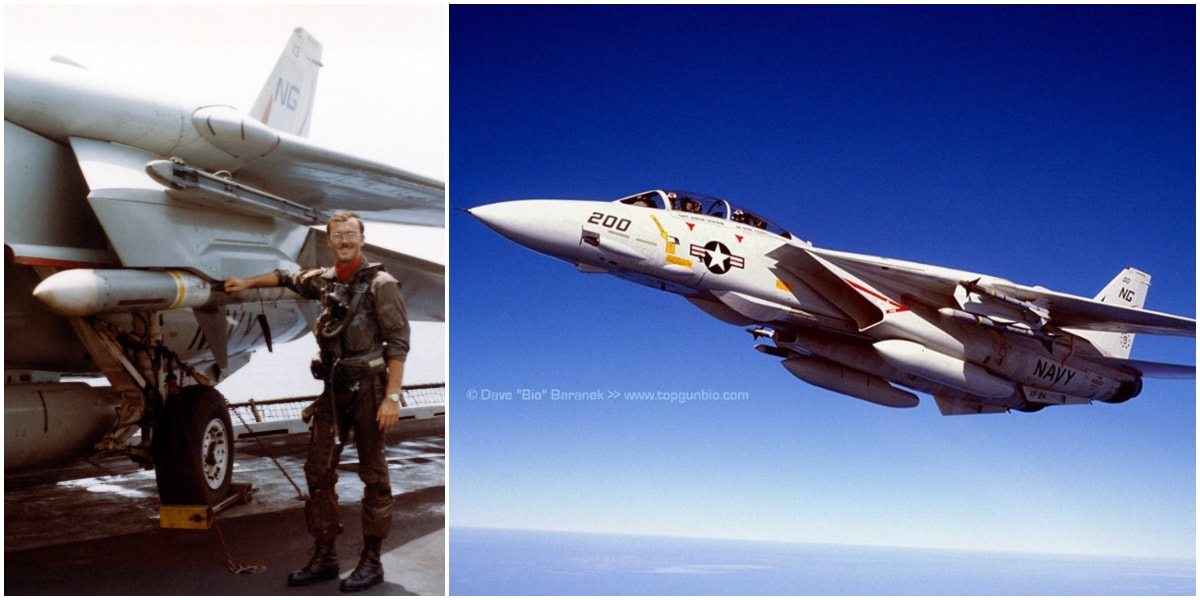
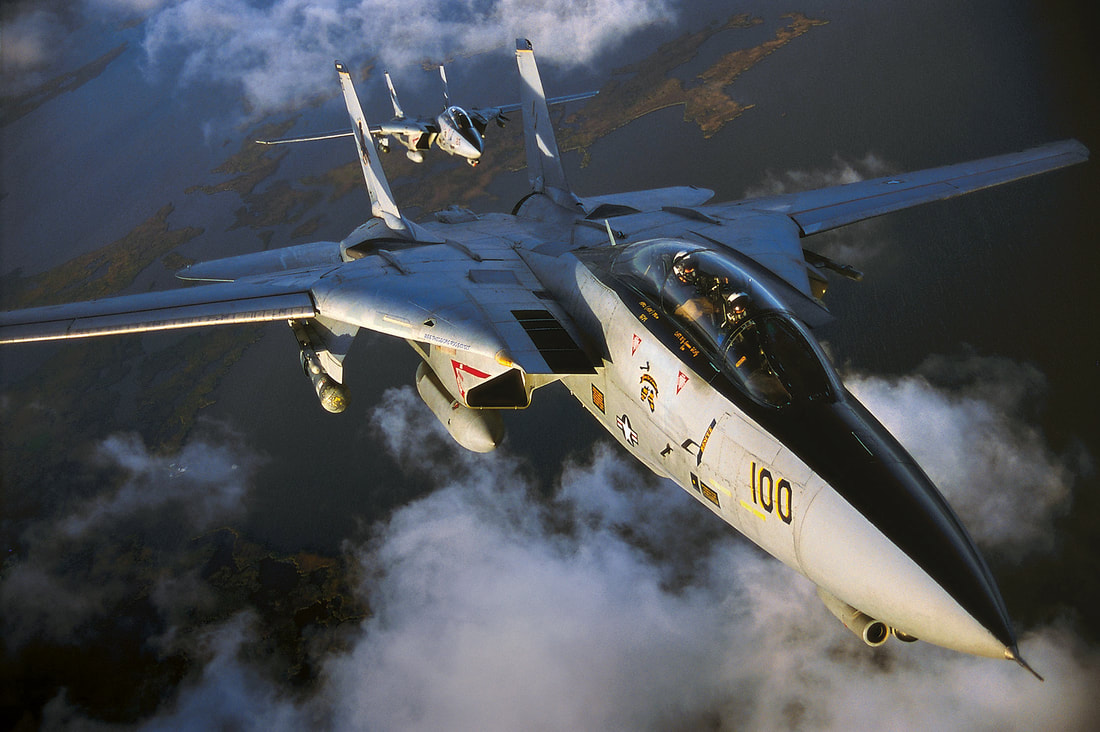
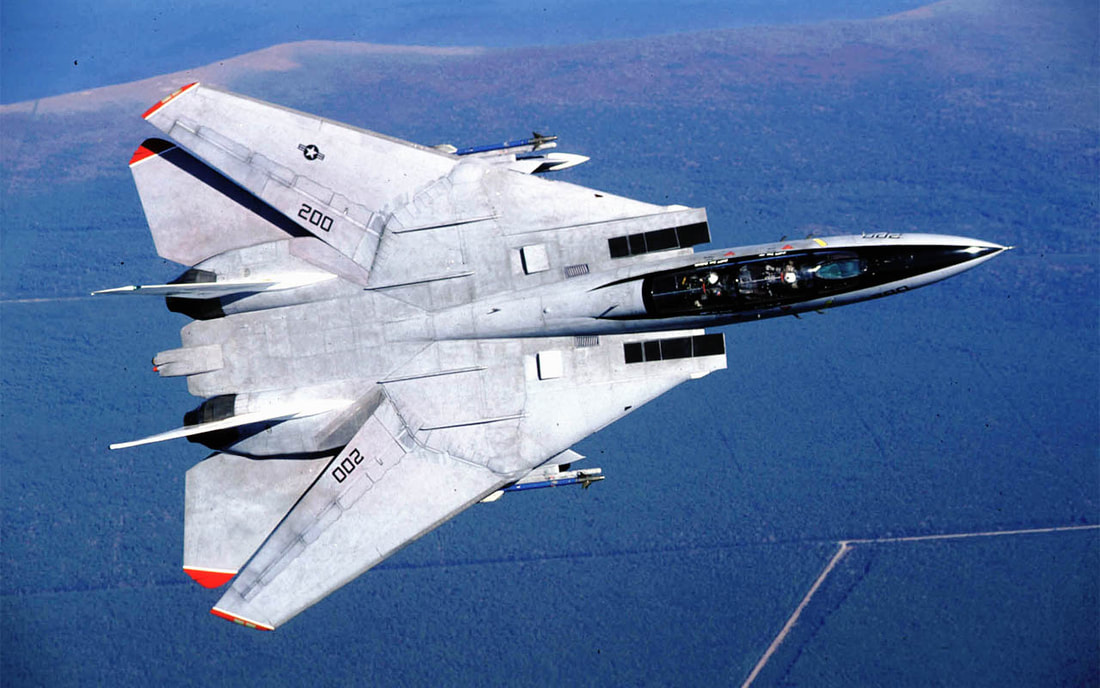
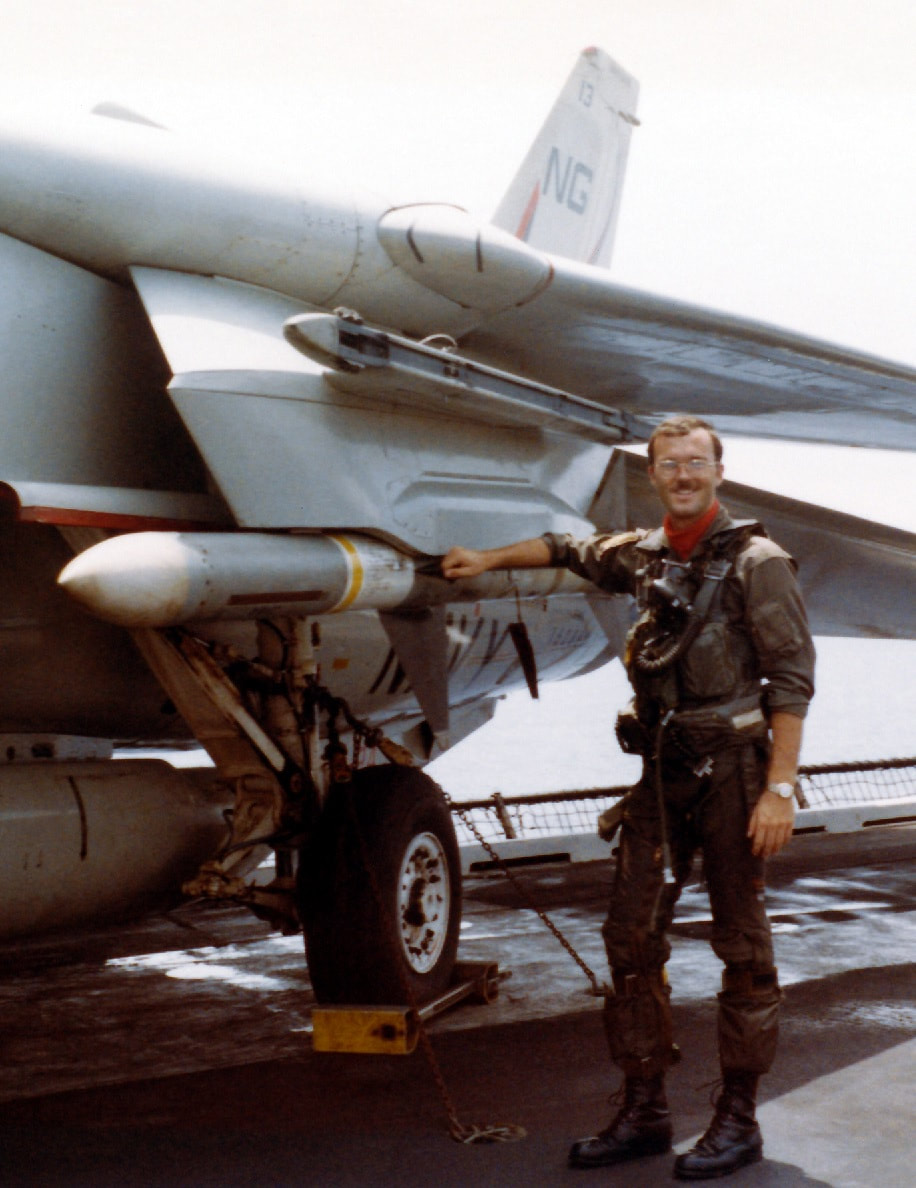
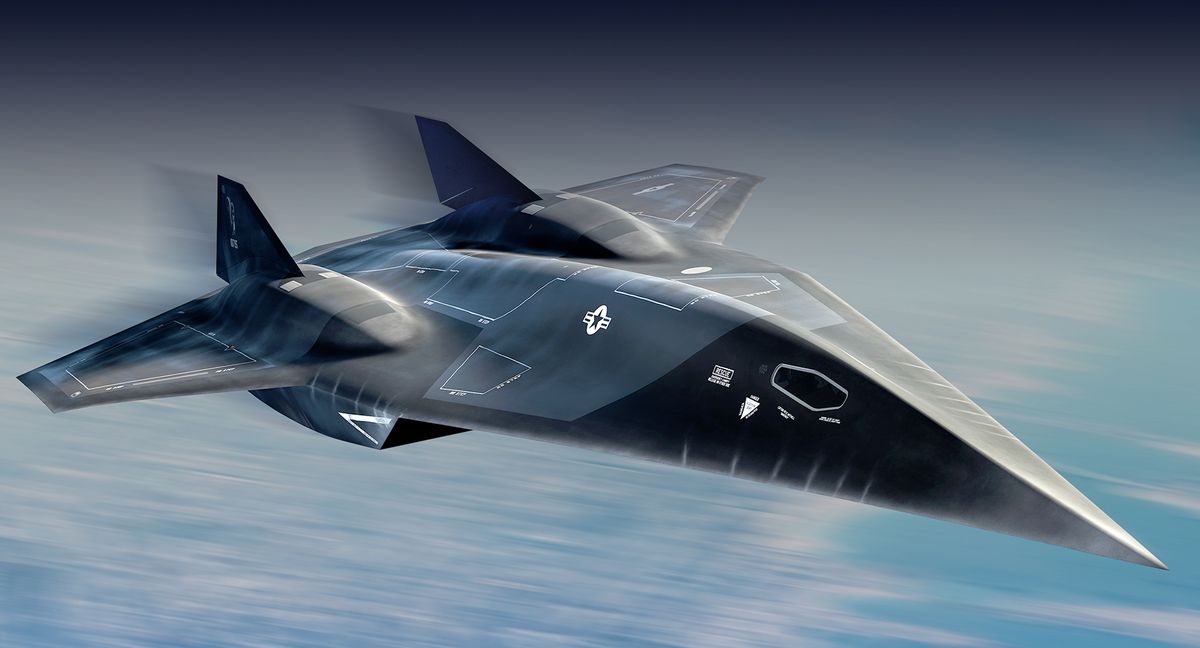
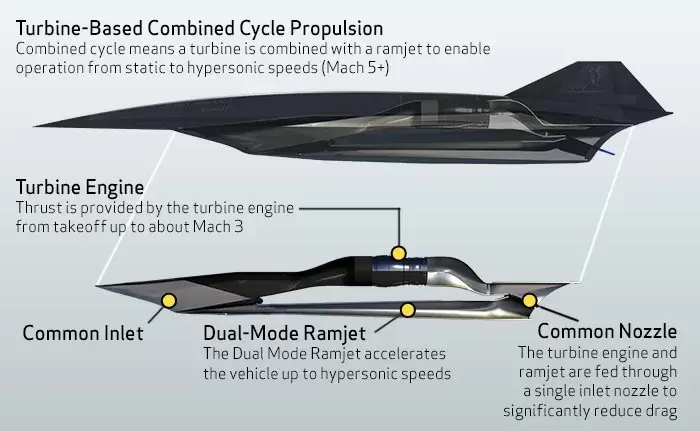
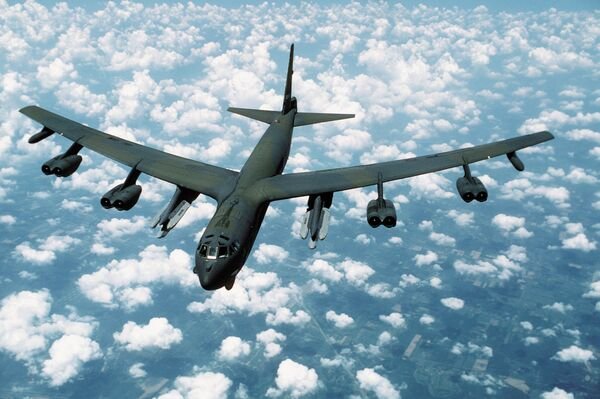
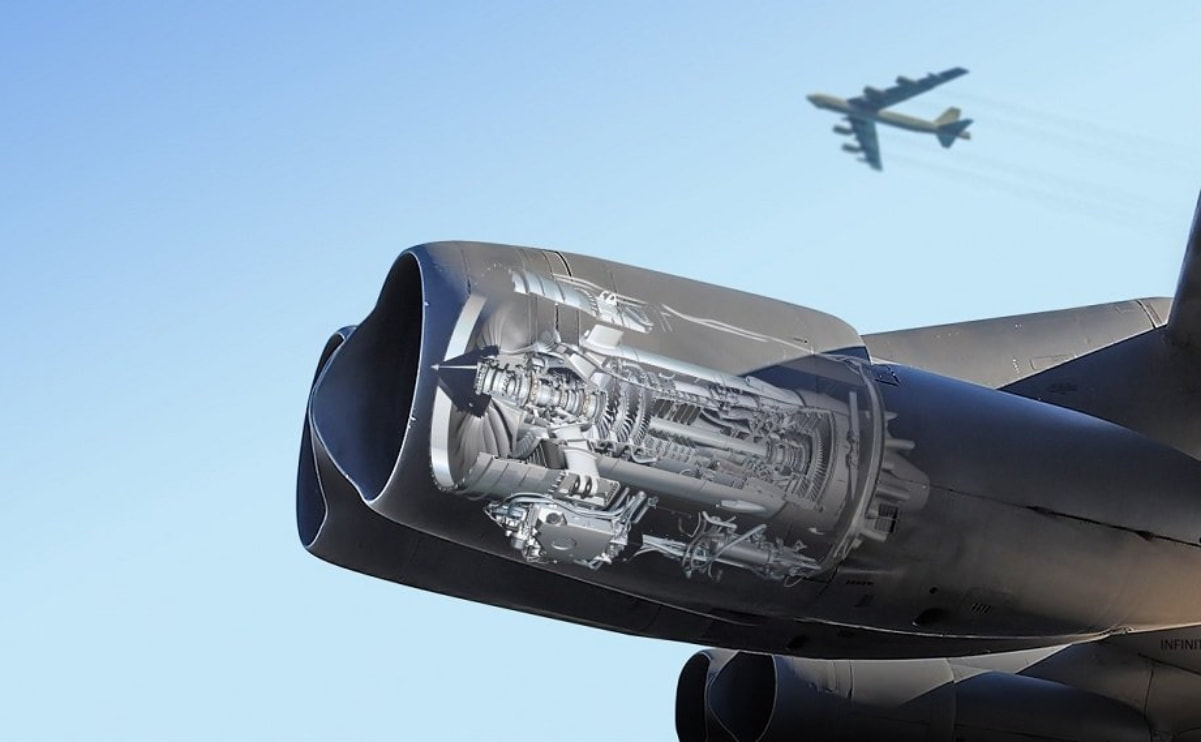
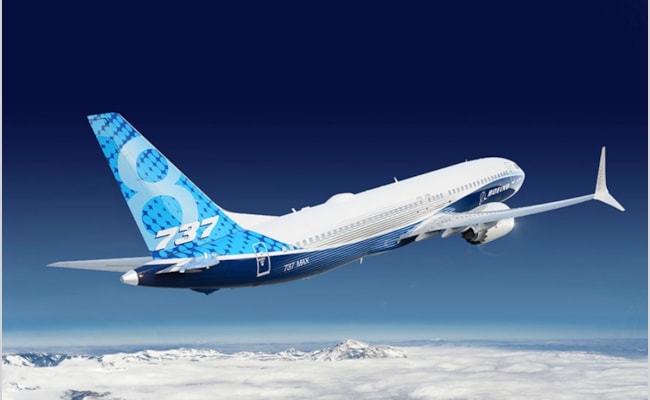

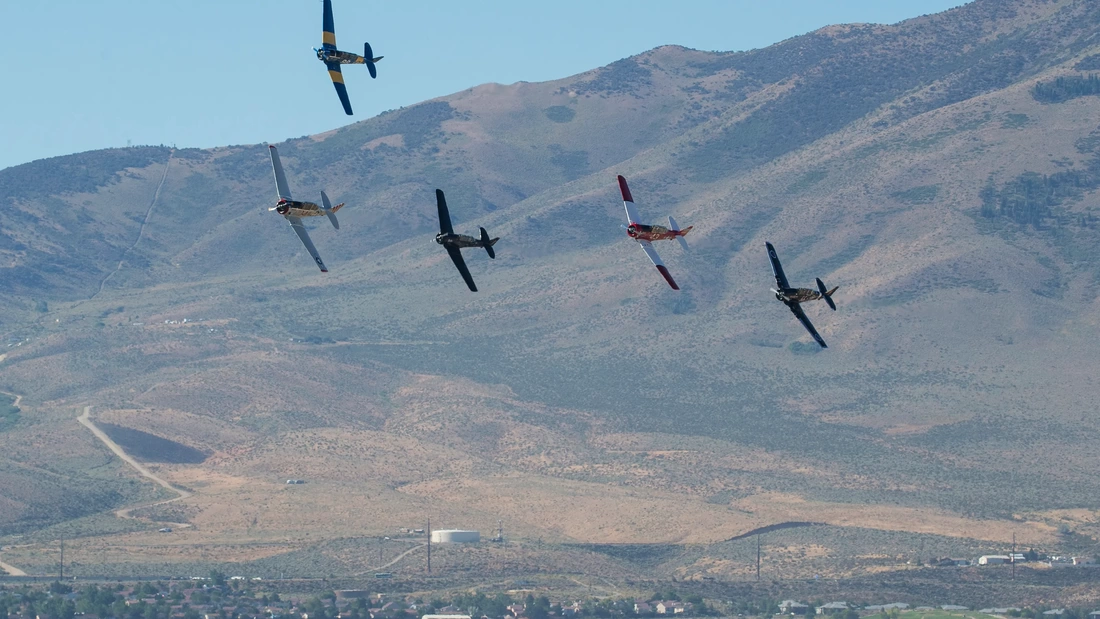
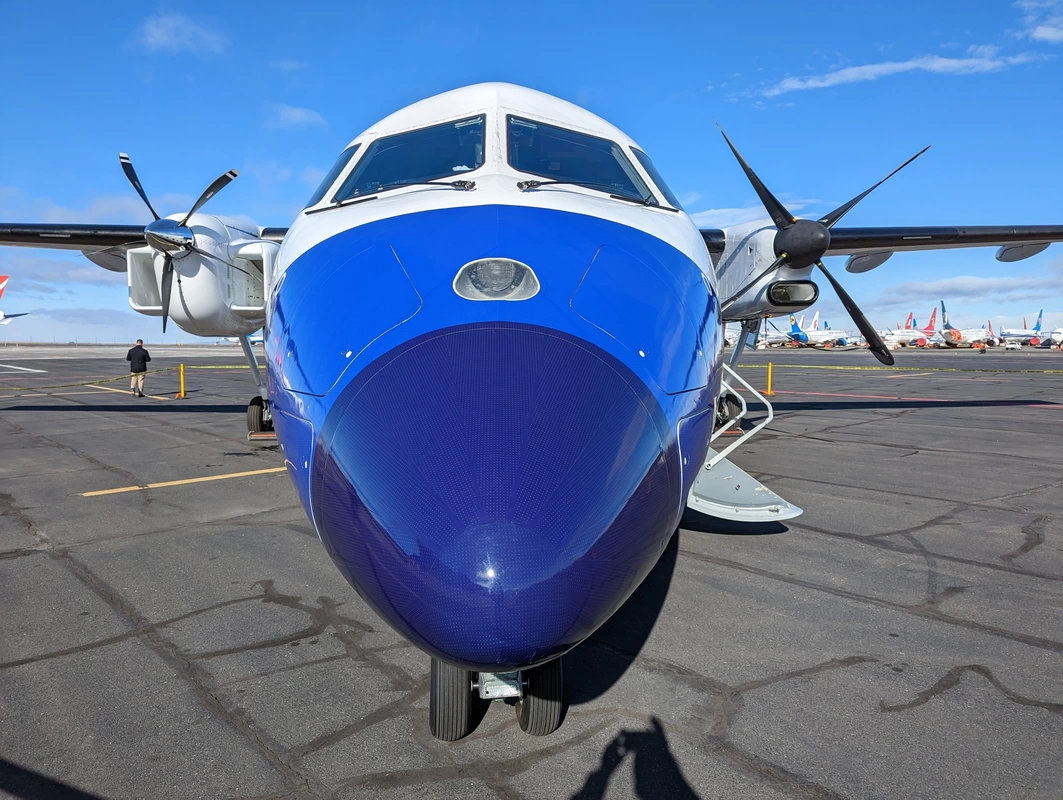

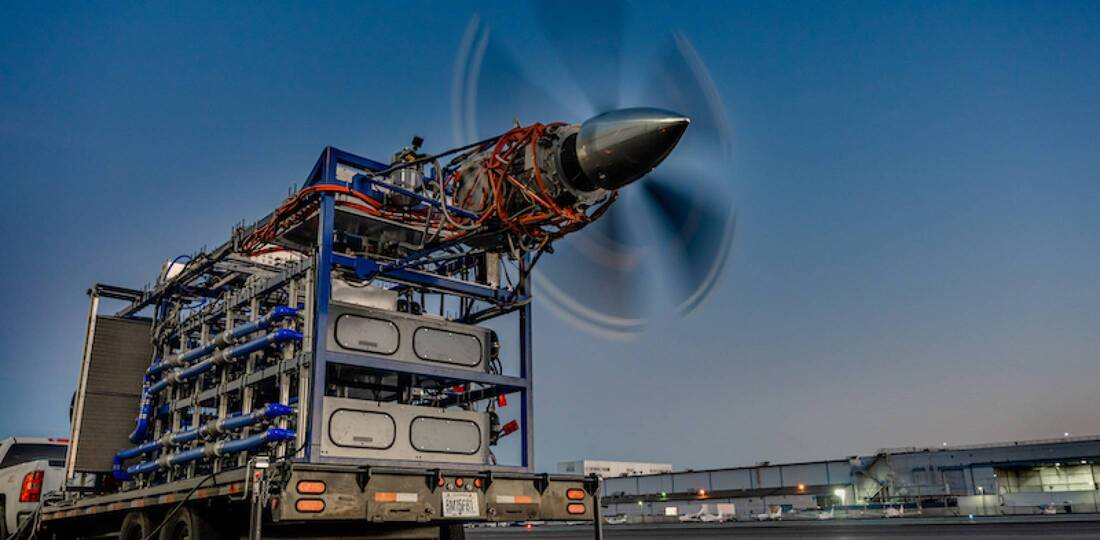
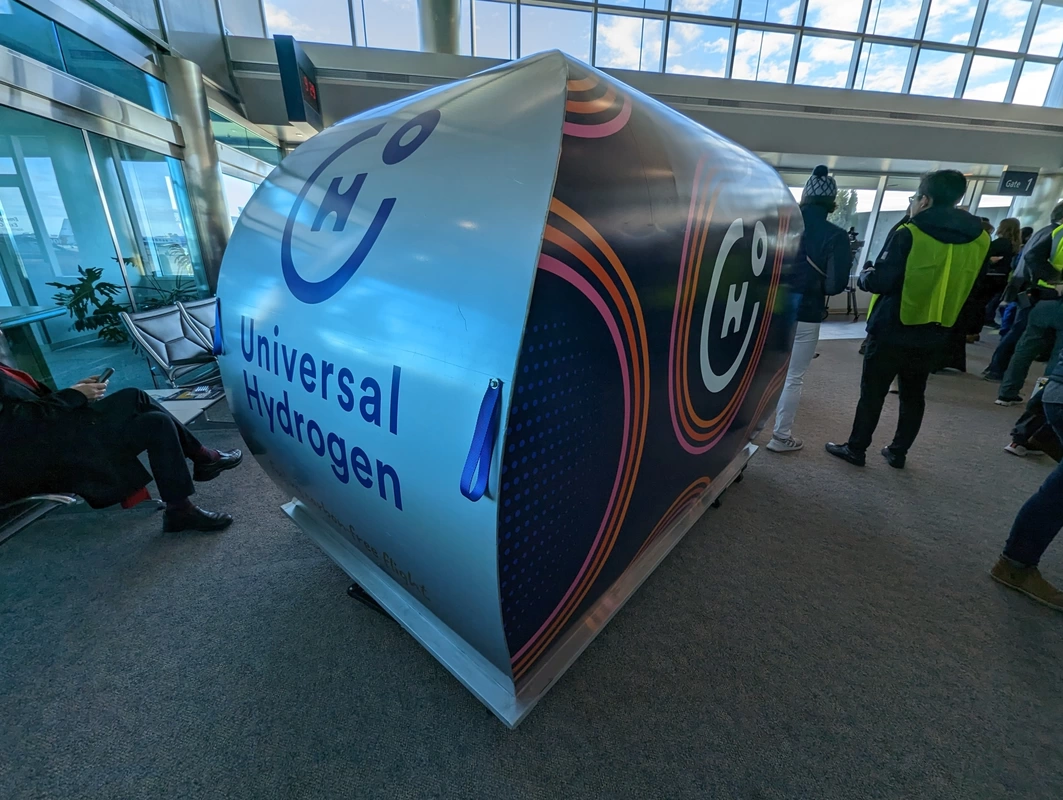
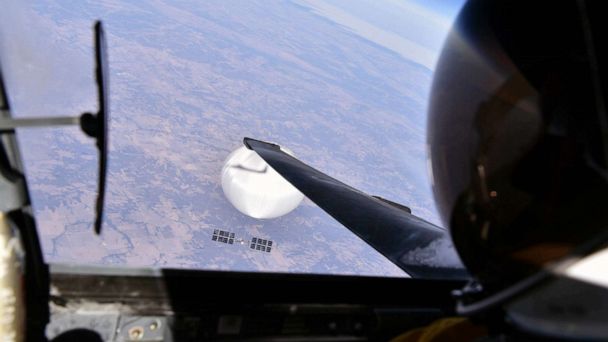
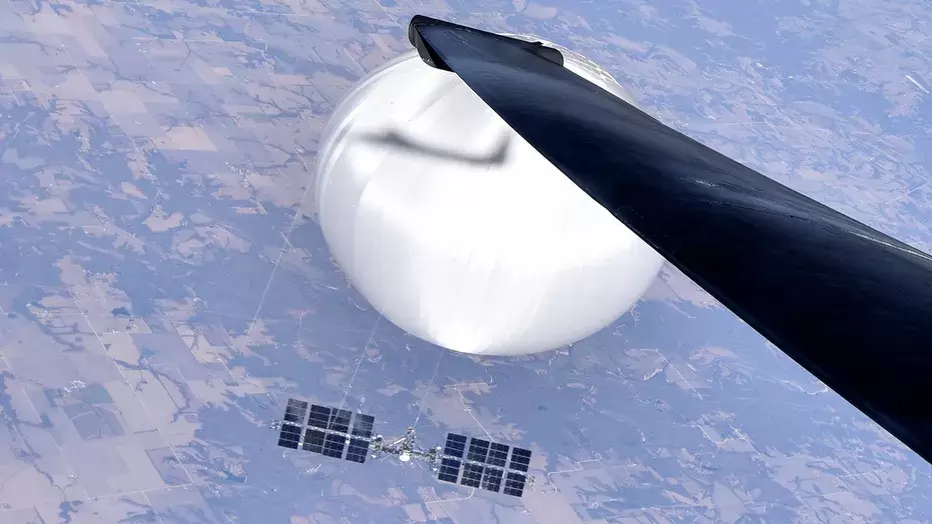
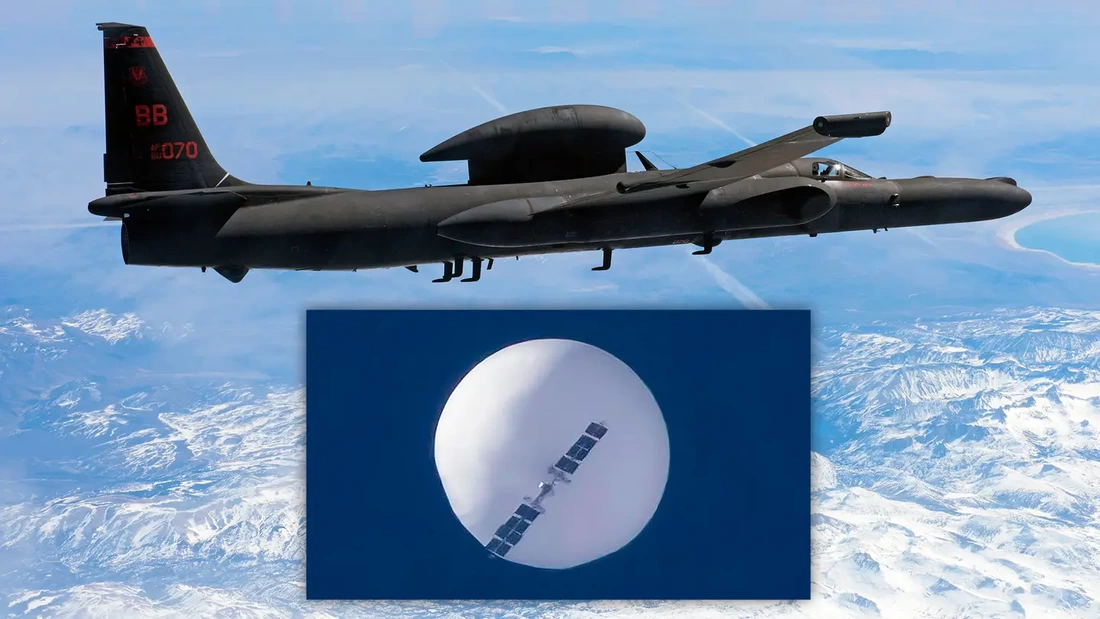
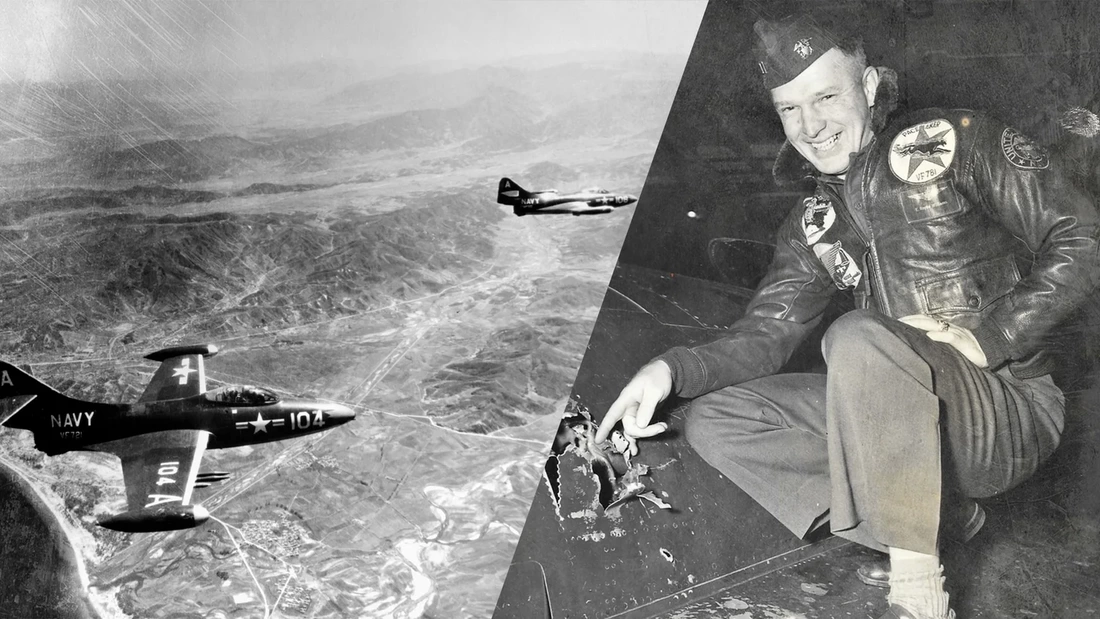
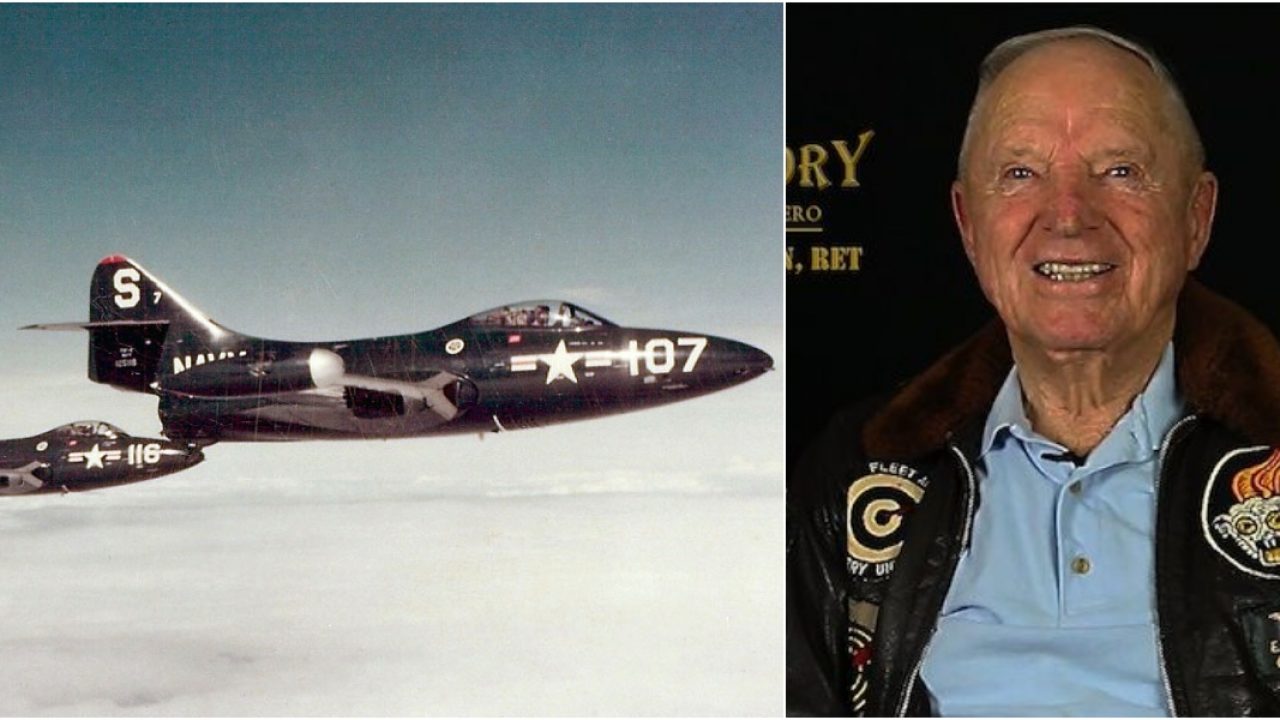

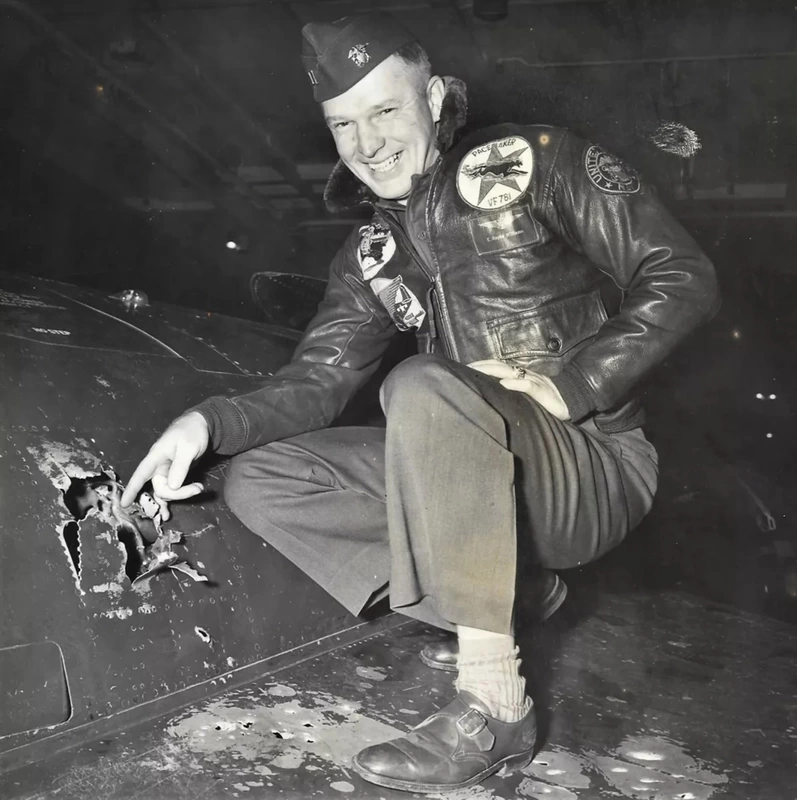





 RSS Feed
RSS Feed